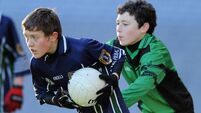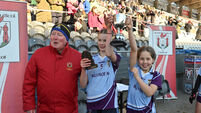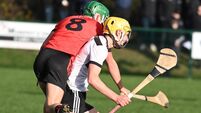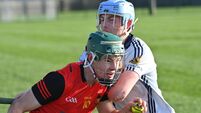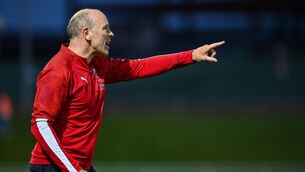Identity crisis: Why has Gaelic football become hard to watch?
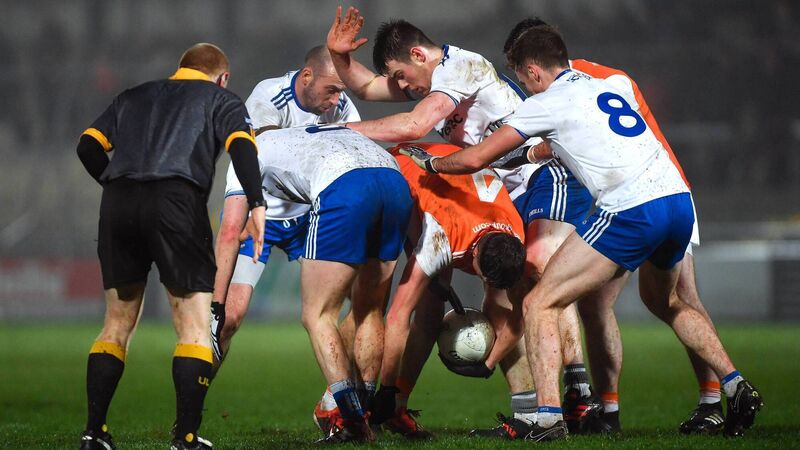
Connaire Mackin of Armagh gathers possession ahead of team-mates and Monaghan players, as referee Barry Cassidy looks on, during the Bank of Ireland Dr McKenna Cup match. Picture: Piaras Ó Mídheach/Sportsfile
When Dinny Allen worked in the bank, a colleague once made a prediction which proved very prescient. He told Allen that there would come a time when the commercial branch manager would be pushed aside and the accountants would come in and run the show.
“I sometimes feel,” said Allen in an interview in the Irish Examiner last year “that Gaelic football has gone that way.”






